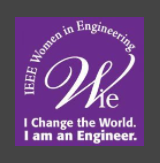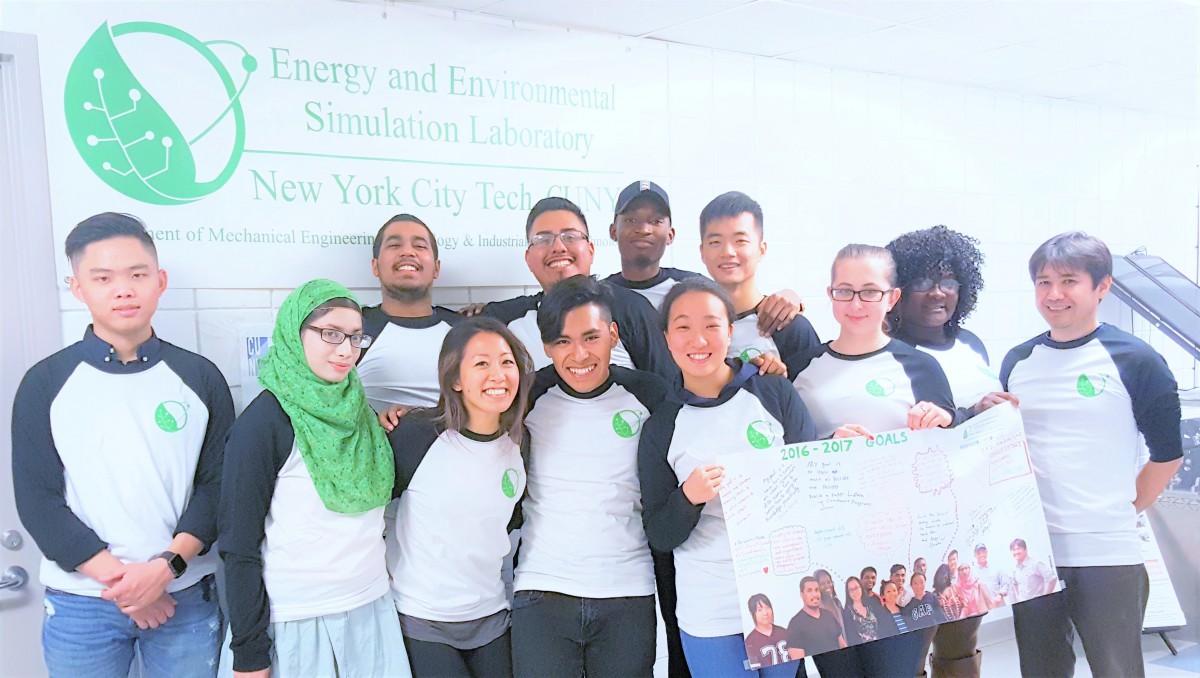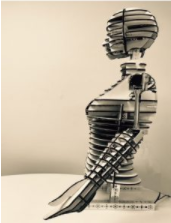 This week we’re spotlighting the City Tech Women’s Engineer Club. This club provides an exciting opportunity for City Tech students to connect and collaborate with their peers as well as faculty members on projects and events around campus and the larger metro area. Moreover it allows students to the opportunity to join important professional organizations for engineering majors including the Institute of electrical and Electronics Engineers (IEEE) and specifically their Women in Engineering chapter (WIE). Thus, in joining this club, students enter into an extensive, multi-scalar community of professionals and future professionals who can support them in successfully pursuing a career in an engineering field. The group’s OpenLab site plays does a lot towards maintaining this community, but also plays a critical role in speaking to a larger public community about the work of the group. I’d like to highlight how two of the features on the site fulfills both roles simultaneously.
This week we’re spotlighting the City Tech Women’s Engineer Club. This club provides an exciting opportunity for City Tech students to connect and collaborate with their peers as well as faculty members on projects and events around campus and the larger metro area. Moreover it allows students to the opportunity to join important professional organizations for engineering majors including the Institute of electrical and Electronics Engineers (IEEE) and specifically their Women in Engineering chapter (WIE). Thus, in joining this club, students enter into an extensive, multi-scalar community of professionals and future professionals who can support them in successfully pursuing a career in an engineering field. The group’s OpenLab site plays does a lot towards maintaining this community, but also plays a critical role in speaking to a larger public community about the work of the group. I’d like to highlight how two of the features on the site fulfills both roles simultaneously.
First, the site defines the contours to the group – who the group is, how they are organized, what the group is working on, how to get involved, and how getting involved may be beneficial to students. This information may be helpful to potential new members who are intrigued that the group is student-run while faculty and alumni serve as mentors and advisors. It may also be helpful to broader public audiences interested in contacting the group.
Second, the group highlights a number of events, activities and projects that members can attend or get involved with through joining this group, as well as shares resources that might be of interest. This kind of information is obviously useful to members who are committed to a career in engineering, but it may also be of interest to potential members who may be interested in joining an event or better understanding the work of the group before officially joining. The resources provided (including information about events and other activities) may also be of interest to a broader public audience – maybe a professor at another CUNY school who’d like to collaborate, or an engineering firm looking for promising students to hire, or high school students or others not currently in school who are thinking carefully about what career path to choose before returning to school.
Considering both of these functions when creating your site – be it for a project, club, course or ePortfolio – can help you give a larger life to the content and effort you are putting into building out the site.







